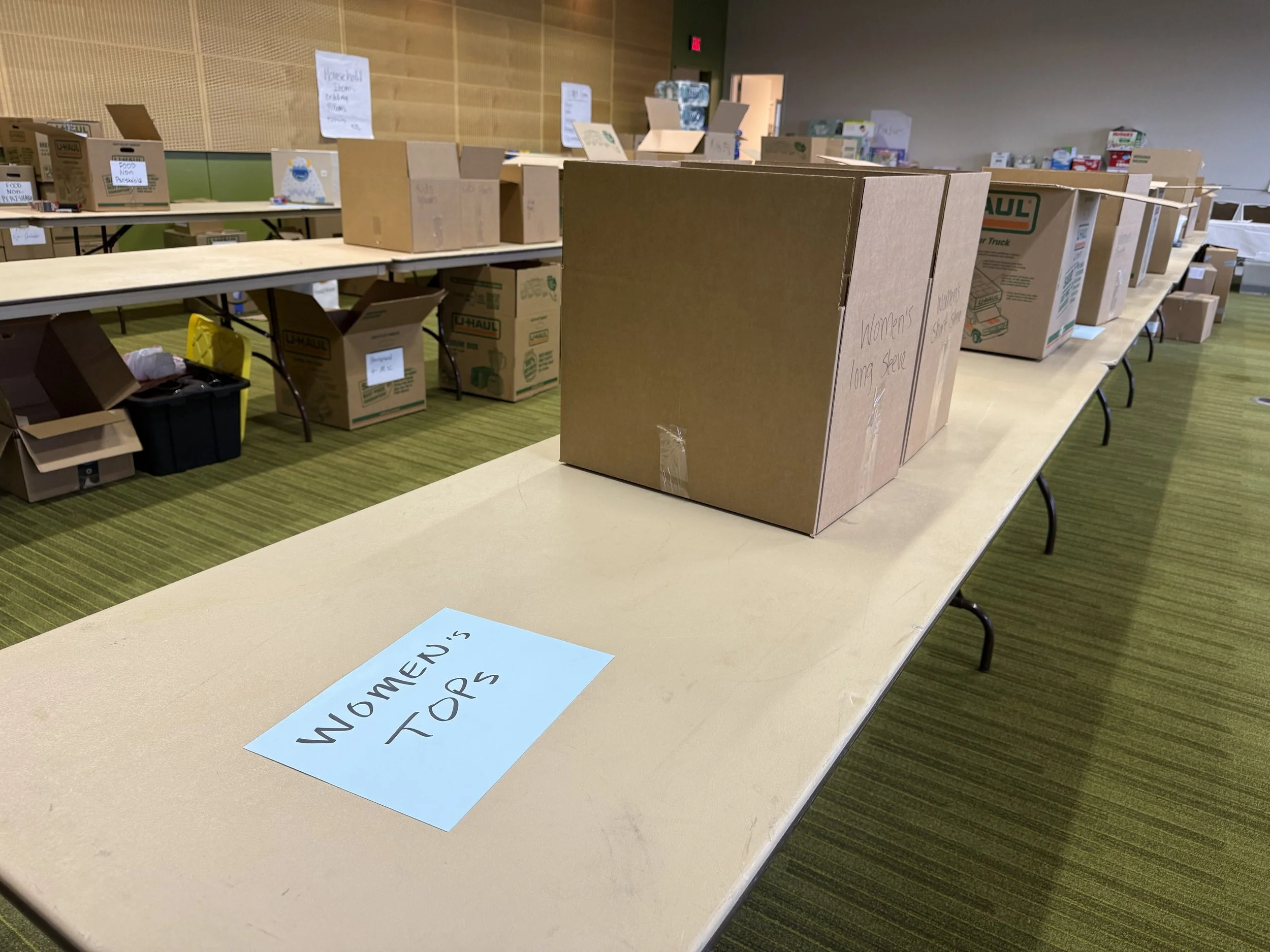News of Disaster Declaration Brings Hope to Thousands of Alaskan Natives Displaced as a Result of Typhoon Halong
By Darren Thompson
Anchorage—Earlier today, President Trump announced on Truth Social that he signed a major disaster declaration for Alaska following the disastrous damage from Typhoon Halong. The declaration isn’t listed on the Federal Emergency Management Administration's (FEMA) database, but various reports share that $25 million will be allocated to Western Alaska over the next 90 days.
“This declaration will be instrumental for ongoing response and recovery efforts,” Alaska Governor Mike Dunleavy said in a statement on Facebook. “I want to thank President Trump and his administration for the continued support of Alaska and providing help for Alaska during this time of need. Thank you President Trump!”
There are no details to how the funds will be directed and to where, but according to Alaska Governor Mike Dunleavy, the federal disaster declaration authorizes a 100% federal cost share for all categories of relief assistance for the next 90 days. However, climate refugees who have been displaced as a result of Typhoon Halong won't be able to return home for at least another 18 months say Alaskan leaders.
More than 2,000 people have been displaced—the majority of them Alaskan Native or American Indian—from the remnants of Typhoon Halong that brought wind speeds of up to 113 miles per hour. The damage of the storm significantly destroyed infrastructure and flooded the lands in rural Western Alaska. Their lands are uninhabitable.
Alaskan State Representative Nellie Unangiq Nellie at the Anchorage Legislative Information Office on Monday, October 20. Photo by Darren Thompson/LRI Native News.
“I thank all entities, the local government and anybody who stepped in during this horrible disaster and helped their people and to the governor for working on it so quickly,” said Alaska State Legislator Nellie Unangiq Jimmie in an interview with LRI Native News on Monday, October 19 in Anchorage.
Jimmie is Yupiq, Lakota and Ojibwe, and is one of seven Indigenous legislators in the Alaskan state legislature. She lives in Toksook Bay, on the coast, and serves District 38, which is the district most affected by the storm.
As of press time, the Federal Emergency Management Administration (FEMA) has not listed Western Alaska on their emergency database in Western Alaska. Last Friday, Alaskan Governor Mike Dunleavy sent a letter to President Trump asking him for a major disaster declaration wand Vice President JD Vance said on X that he and the president were “closely tracking the storm devastation," and the federal government was working closely with Alaskan officials.
On Monday, Senator Lisa Murkowski, R-AK, said she believes FEMA is already on the ground on Alaska's west coast, despite no disaster declaration. The Alaska National Guard, U.S. Coast Guard, and Alaska state agencies all assisted in helping relocate people who lost their homes. Alaskan Senator Dan Sullivan said on Oct. 14 that FEMA Secretary David Richardson and U.S. Secretary of Homeland Security Kristi Noem was both ready to assist, but they haven't issued statements.
In a letter written by Sen. Murkowski and Sen. Sullivan to President Trump on Oct. 17, they urged the president to approve Gov. Dunleavy’s request to declare a disaster and said, “With winter fast approaching, and transportation and broadband connectivity limited, there is an urgent need for federal aid to repair housing, restore utilities, and secure heating fuel before severe winter conditions set in.”
The storm was described as one of the most severe recent disasters in the region with thousands of people displaced, and 90% of structures destroyed in Kipnuk and 35% of structures in Kwigillingok according to the state. Those who are displaced are staying in shelters in Bethel and Fairbanks as well as two in Anchorage. On Monday, 60 children started school in the Anchorage School District and it's many of their first time being in a city.
The Alaskan Federation of Natives (AFN) organized a donation drive during its annual convention in Anchorage, October 16-18. AFN was able to raise $1 million during the conference. Photo by Darren Thompson/LRI Native News.
The sudden changes are beyond the loss of a house, and but loss to their lands, where they have been living for countless generations. Many families live a subsistence lifestyle, where all of their food is harvested from either the land or the sea and switching a diet to more modern food, may have health consequences organizers say. The Alaskan Native Heritage Center said that it will serve as a hub for people to donate subsistence foods for those displaced by the floods. Alaskan subsistence foods include salmon, caribou, moose, seals, and whales. These foods are crucial for the nutritional needs of many rural Alaskans and are acquired through hunting, fishing, and gathering, often prepared through methods like drying, smoking, and canning. People can donate them at the Alaskan Native Heritage Center.
“I just really hope everyone takes care of themselves mentally and spiritually and to seek counseling," Jimmie said. "I know it's hard for us as a people to ask for help, but we need to be reaching out and asking for help.”
Darren Thompson is the Managing Editor of Last Real Indians Native News Desk and the Director of Media Relations for the Sacred Defense Fund, an Indigenous-led nonprofit organization based in Santa Fe, New Mexico. He’s an award winning multimedia journalist enrolled at Lac du Flambeau Band of Lake Superior Chippewa, where he grew up. He can be reached at darren@sacreddefense.org.


